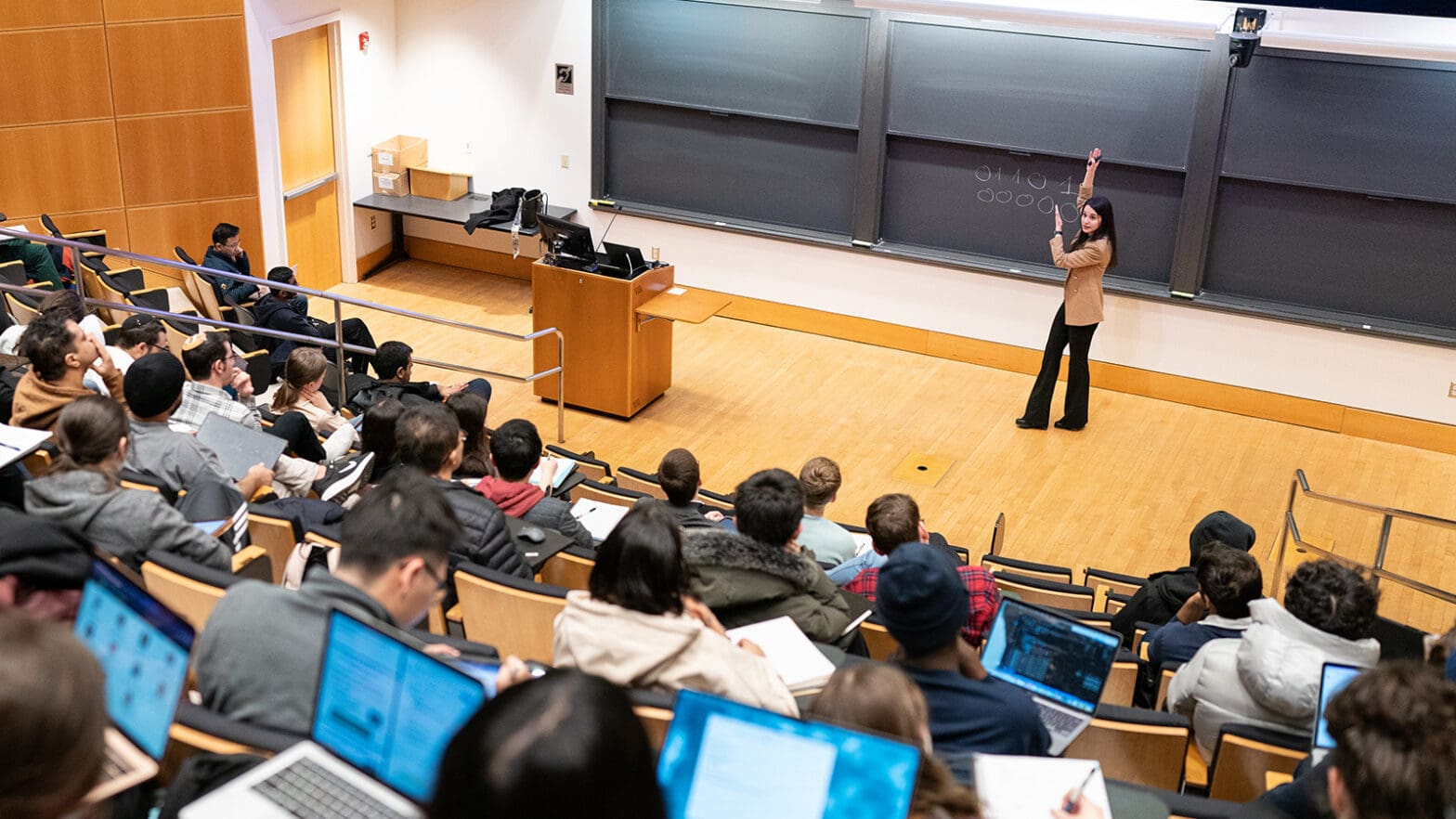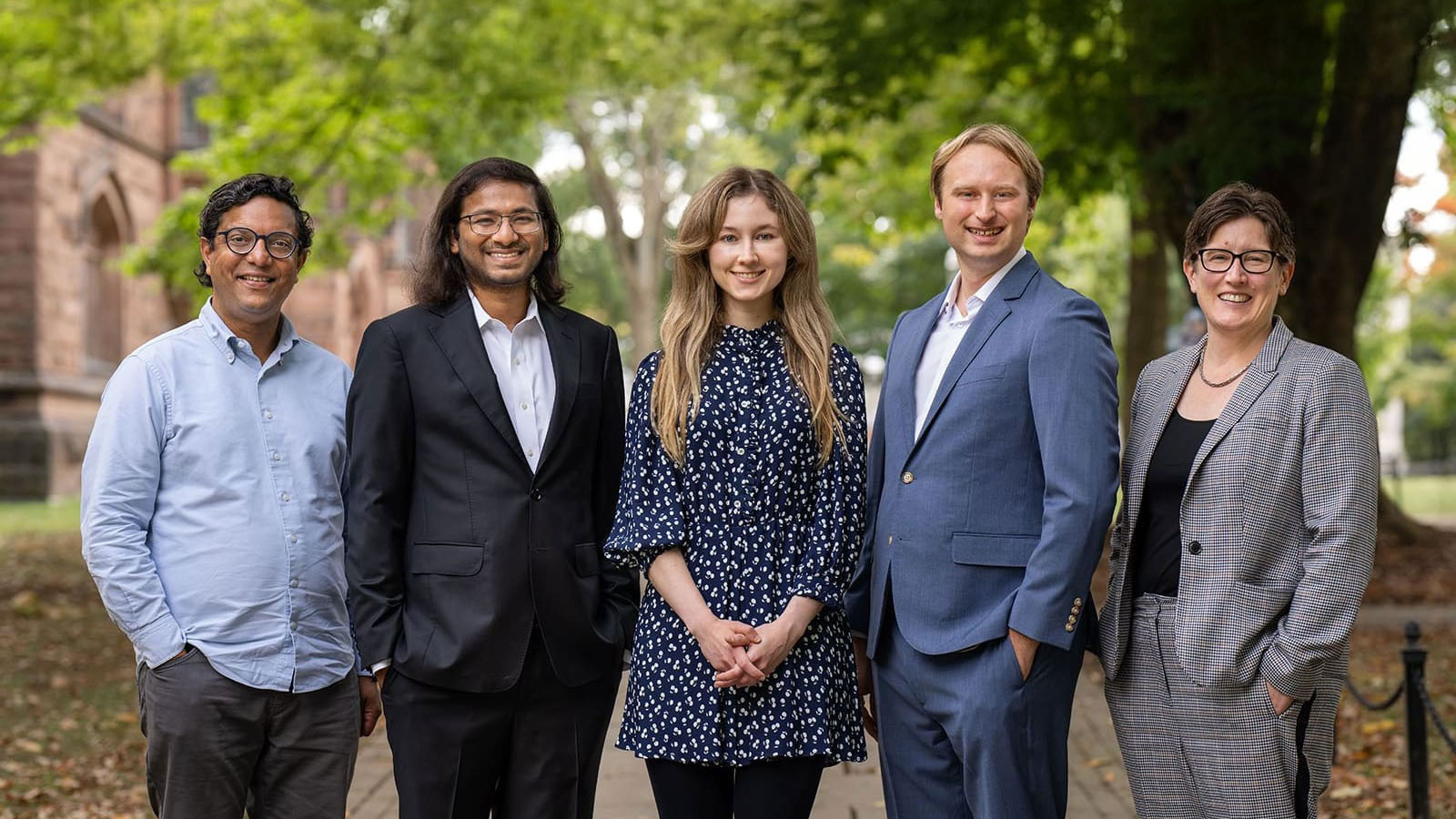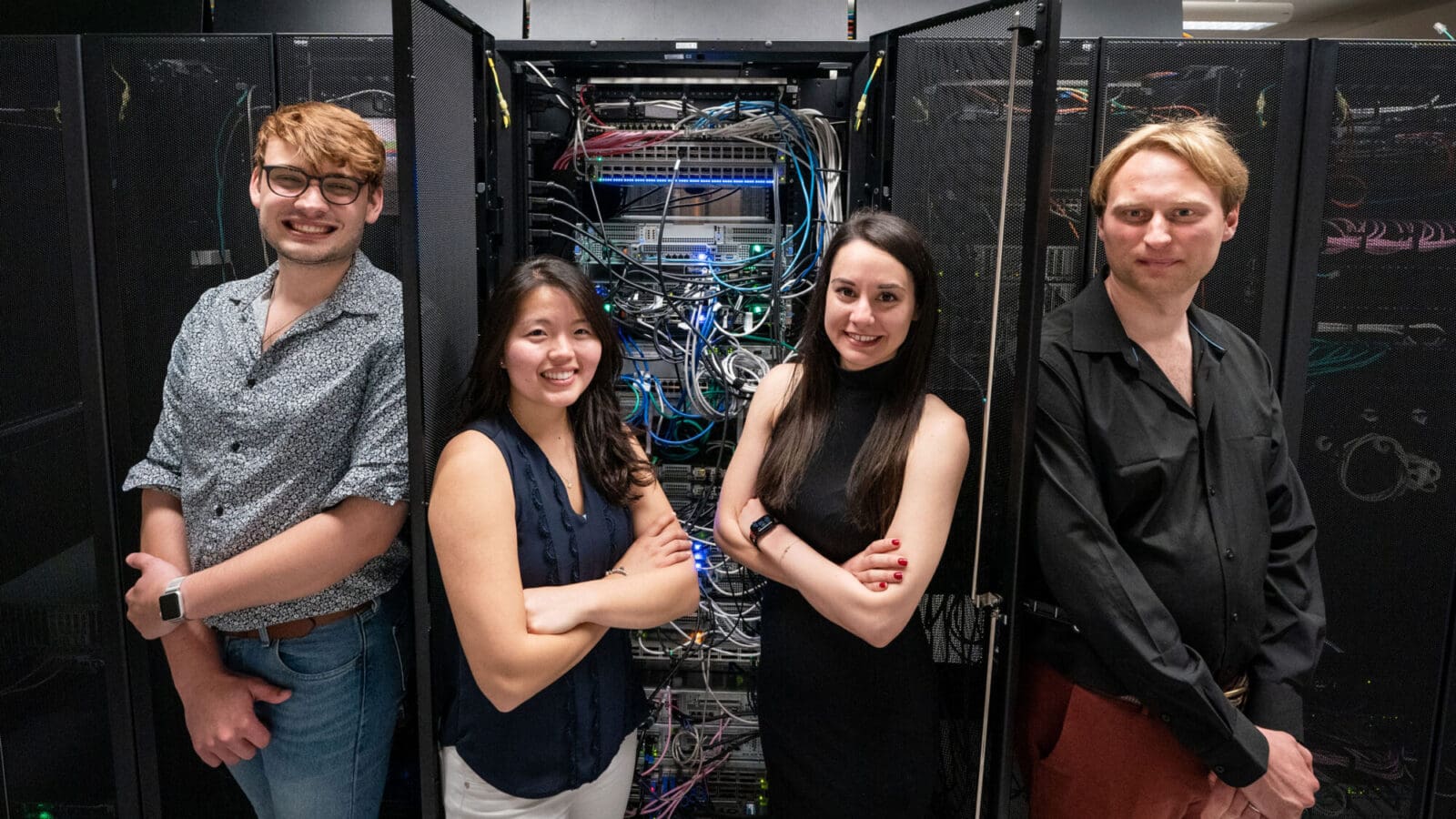
How secure is crypto? As secure as the internet
By
on
This article is from the Blockchain: Promise and Pitfalls issue of Equad News magazine.
And those networks, Maria Apostolaki said, might not be secure enough for the job.
“Public blockchains are designed to work on top of the internet, but the internet was not designed with security in mind,” she said.
Apostolaki, an assistant professor of electrical and computer engineering and member of the DeCenter steering committee, joined Princeton in September 2022. As a graduate student at ETH Zurich, in a pair of peer-reviewed papers published in 2017 and 2021, she uncovered three high-profile methods of attack that take advantage of vulnerabilities in the networks used for the cryptocurrency bitcoin.
One, called a partitioning attack, diverts internet traffic to split the bitcoin network into two distinct components. This can result in two blockchains that grow independently. This compromises the entire system because cryptocurrency is predicated on the existence of a single, mutually verifiable ledger.
In another, called a delay attack, adversaries intercept internet traffic at key locations and prevent a victim from accessing the blockchain, effectively boxing victims out as new blocks are added and diverting their time and resources into fruitless efforts. Importantly, this attack is invisible to the victim.
In a third, called a perimeter attack, adversaries intercepting internet traffic can connect a bitcoin user’s pseudonym with their real-world identity, enabling the adversary to see all the victim’s transactions.
All three attacks rely on vulnerabilities not in bitcoin’s design but in its reliance on the internet. To address this weakness, Apostolaki has developed countermeasures, leveraging network policies, modern hardware and cross-layer monitoring. For instance, she designed a secure overlay network that defends cryptocurrencies against the very attacks she uncovered.
Because of this connection, Apostolaki believes blockchains and cryptocurrencies provide a strong incentive for researchers to rethink internet infrastructure, much in the same way renewable energy has sparked interest in updating the energy grid.
This semester Apostolaki is co-teaching an undergraduate course with Prateek Mittal, professor of electrical and computer engineering, on information security. The class touches on a broad range of security topics, including a dive into issues raised by blockchains, especially at the network layer.
“The internet is an ongoing project,” Apostolaki said. “We need people to work on it. We need to think about the implications of recent trends on the internet, try to nurture it, and allow it to evolve as we go.”








